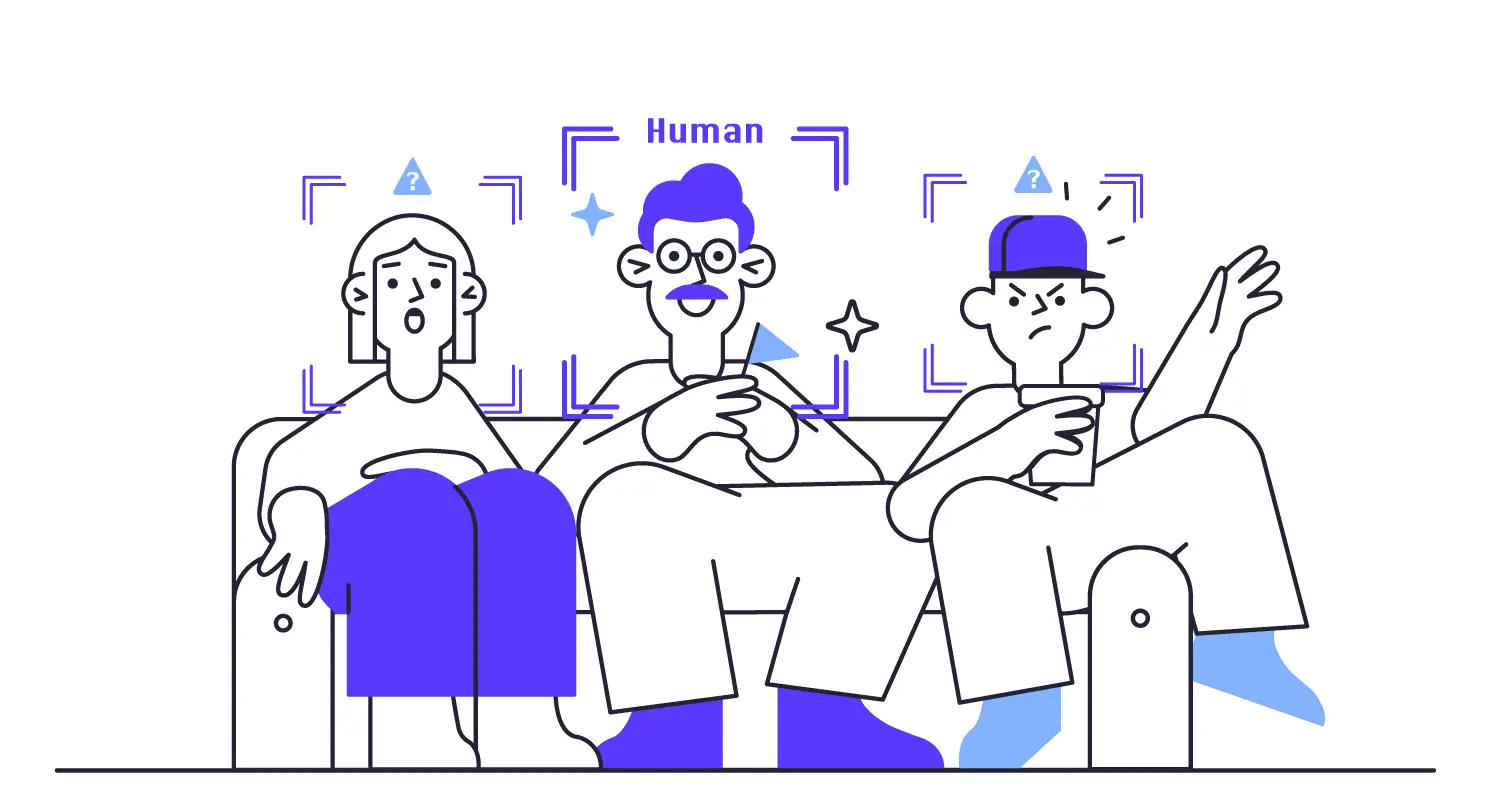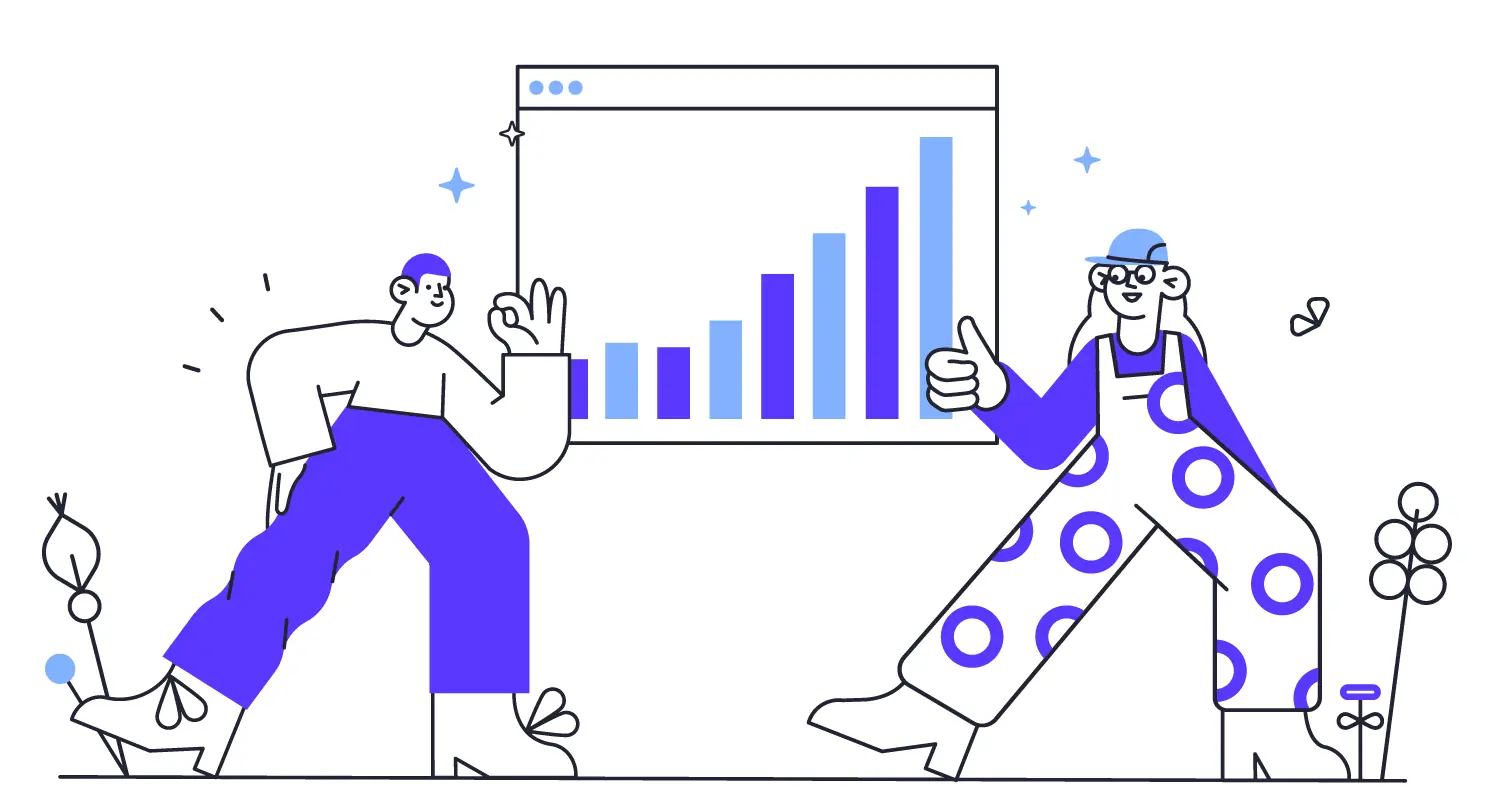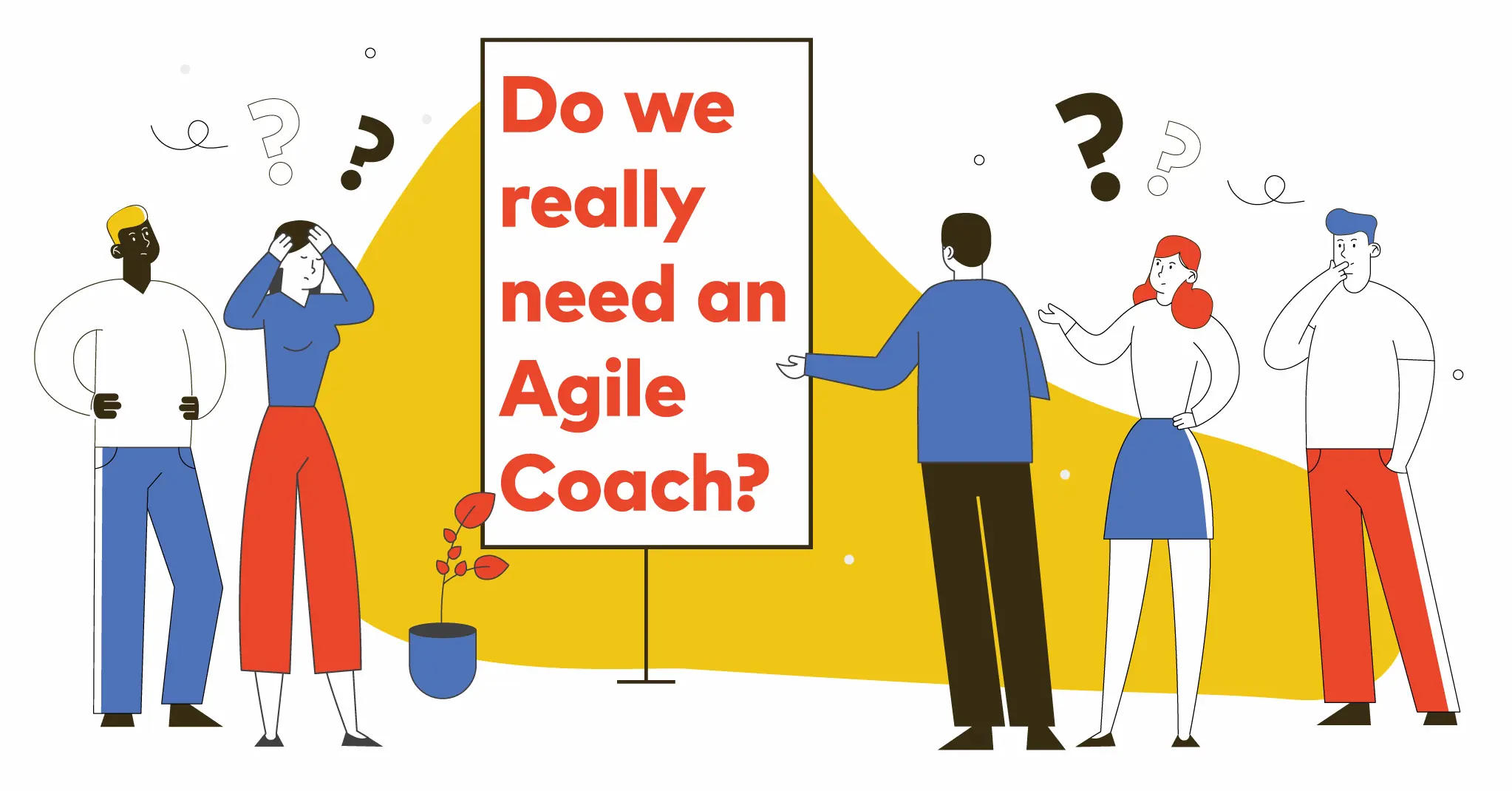
The impact of diversity on agile organizations


- Consequences of a lack of diversity in technology
- Diversity affects team performance
Let’s do a little thought experiment, shall we? Imagine there is a kid, born in a small town in Germany. The unemployment rate is high, people are generally on the lower end of income. Families have known each other for generations and usually stay in that town, except for a two week vacation each year to a village in Spain that during that time is mainly populated by Germans with the same background. The kid’s parents are convinced – as are the grandparents and the neighbors – that all of their problems started when the foreigners came. They take away all the jobs and are responsible for the high criminal rates. That’s the only explanation that makes sense to them. Now, let’s say there are more kids in this town that are raised in those beliefs, that go to schools where they are taught by teachers who share those beliefs and that meet people on their yearly vacation spot that where raised just the same. To take it one step further, they all have social media profiles and are taught, that the news feed is a serious source of information, probably the only source they got. It is filled with posts shared by their families and peers. They are never exposed to any other kind of information, other opinions, other cultures. They don’t know that there are alternative and most likely more plausible reasons for the problems in that town. They grow up with a disturbed picture of the world and full of hate for everyone that is different from it – they've created their own reality. And thus, they will raise their kids just the same.

Consequences of a lack of diversity in technology
Now let’s assume this kid is not human but a network of artificial neurons. The parents, neighbors and friends are replaced by scientists, training this artificial brain similar to how a child’s brain is trained by its social environment. And now let’s assume all those scientists have the same gender, cultural background, beliefs and age. What do you think will happen with this artificial brain?
There’s not much guess work to be done here, there are already real-life examples where a lack of diversity lead to fatal mistakes of an AI prediction. Remember one of the first face recognition algorithms? It was unable to classify anyone other than white males as “human”. Guess what the team of engineers training that AI looked like... A HR recruiting tool made the news because it eliminated women as applicants for a software engineer position. Based on the data it got, it “assumed” that a good software engineer needs to be a man (why? Because all of the other software engineers working for that company where male).
Even though AI is the most discussed example of biased data at the moment, it doesn’t end there. The most beautiful UI can go horribly wrong if the diversity of the actual target group is disregarded. And if a product or design team only consists of people of the same age, gender and cultural background how are they supposed to consider all the different kinds of people who end up using their product? Follow-up question: have you ever noticed that in most drop downs concerning gender the word “male” is always before the word “female”? Or that most drop downs end with these two options? If the design team was more diverse, something like this wouldn't even make it to implementation.
These are just a few examples of how technology benefits from diverse teams. But diverse opinions, experiences and skill sets are vital for every team for the exact same reasons. Agility only works when organizations are willing to take control from the top management and distribute it to the teams. So, it is crucial for those teams to be able to make difficult decisions on their own and consider as many options and angles as possible. Because – let's face it – we are all biased one way or another, based on our upbringing, education and peer groups. That’s a fact that we can’t change. We can choose to stop ignoring it, though, and bring people with different bias together and start discussions. Team members will start to challenge each other, giving them room to grow, both professionally and personally. And a team that grows will inevitably improve.
Build and visualize a skills-based organization with a collaborative culture

Diversity affects team performance
I’ve been the Chief Product Owner of a software company for many years and what I loved to do was fixing problems. I frequently joined teams that lacked performance or had problems with their product, finding the root cause and helping them fix it. During the years I have found that most problems were directly related to team constellation. One development team, all members male, roughly the same age and German, including the PO and scrum master, had a very low velocity and couldn’t reach their sprint goals for months. When they finally released a new feature, it was badly designed, didn't fit the overall product vision or had more bugs than my backyard. They always had excuses ready on why that was the case, blaming it on slow QA or the customers who requested “stupid features”. When I joined the team as an observer, I soon found something else: In all of their team meetings (daily stand ups, plannings, estimation meetings) they spend most of the time arguing about the tiniest details, some of them not even related to the feature, and getting really angry with the PO when he presented feature requests. Their standard answer was: “This is not possible.” Then they would fight until the PO gave up and basically let them do what they wanted to do. But the fighting didn’t stop there, then the developers started fighting about the implementation and it seemed like everyone just wanted to win the fight, not caring about whether their solution was actually the best one. It was a very hostile and uncomfortable environment. So, the only option we saw was to change that environment.
In the end, we split up the team and added female developers, POs and team members with other cultural backgrounds to the team. And already in the first meeting the whole atmosphere changed. The loud developers didn’t find anyone to fight with anymore and were forced to listen to other opinions. They stopped making inappropriate jokes because they didn’t have an audience anymore. They didn't overcommit but in turn delivered exactly what they promised, meeting every sprint goal.
Now, let’s be clear, we did lose some of the developers along the way who couldn’t cope with the new situation. Others were very skeptical and it took a while to convince them. Eventually though, they opened up and saw it as a chance to learn and grow. They realized that change is an opportunity and that’s when the real agile transformation happened.
By submitting this form, I confirm that I have read the privacy policy and that I consent to the processing of my personal data by agyleOS for the purposes stated. In the event of consent, I can revoke my consent at any time. Furthermore, by submitting the form, I agree to the general terms and conditions.

